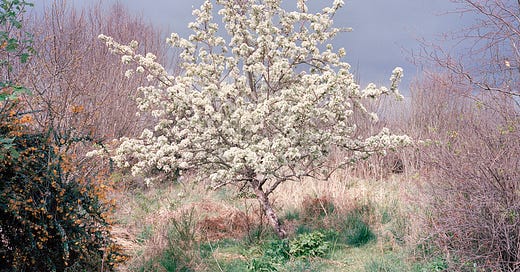The literary charms of May
Words from Joan Didion, Emily Dickinson and Linda Pastan & the beauty of impermanence.

In Blue Nights Joan Didion writes, “You notice it first as April ends and May begins, a change in the season, not exactly a warming—in fact not at all a warming—yet suddenly summer seems near, a possibility, even a promise.” I tend to feel
Keep reading with a 7-day free trial
Subscribe to Girls on the Page to keep reading this post and get 7 days of free access to the full post archives.




